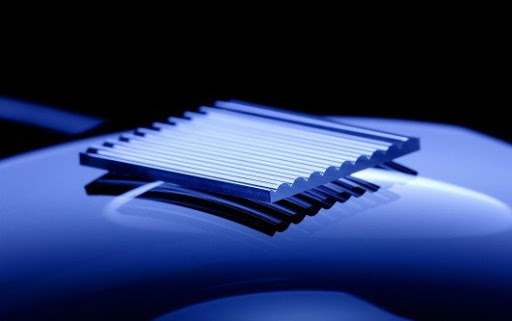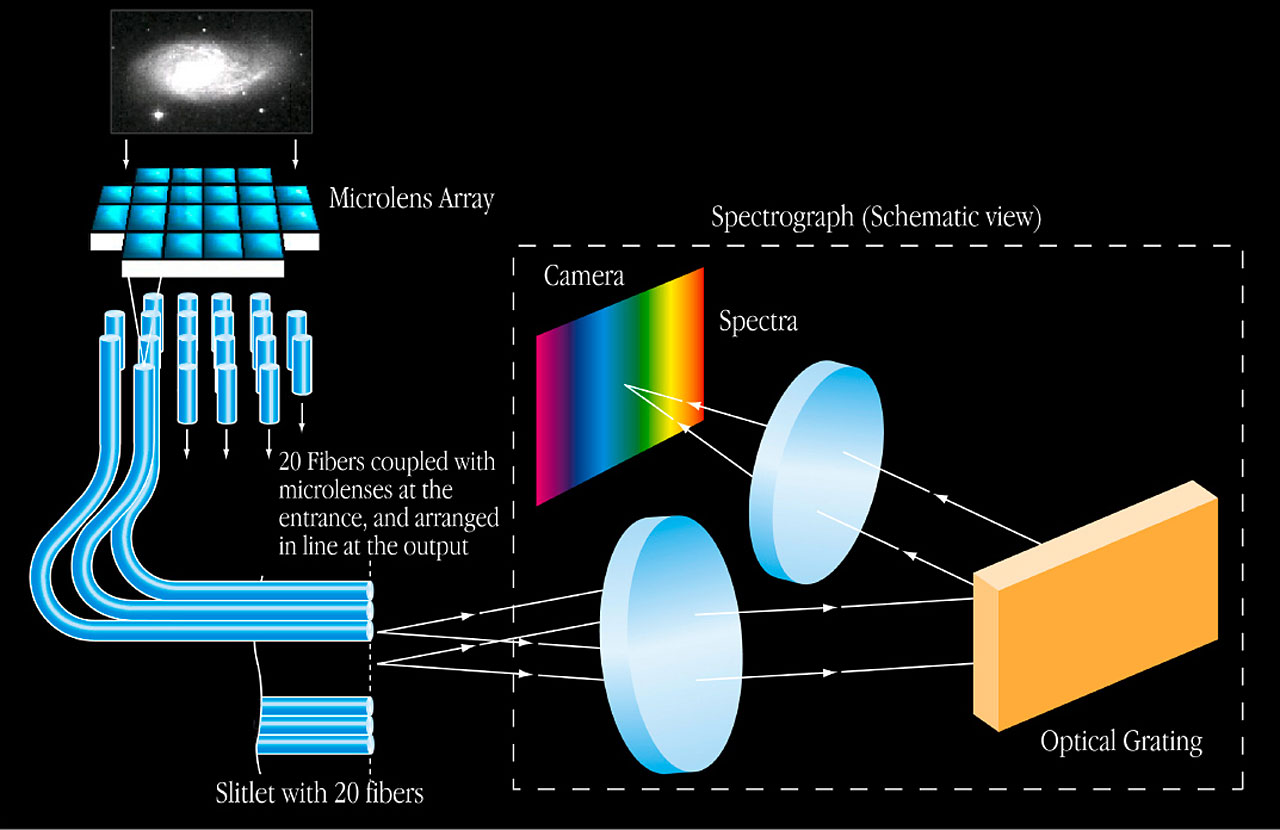Microlens arrays have been the major component in the next generation 3D imaging system. It would be pertinent to mention here that a micro lens has been known to display great optical properties. These would be inclusive of some huge field of view angles, distortion and low aberration, infinite field depth, and high temporal resolution. Despite several fabrication processes or methods that have been proposed for the manufacturing of a precision component, those methods would still require improvement.
It would not be wrong to suggest that the fabrication methods would be categorized into direct and indirect methods.
The two major challenges faced in the manufacturing of microlens would be:
- How to obtain a microlens array with superb uniformity in a wide area
- How to produce the microlens array on a curved surface
To achieve effective control of the geometry of a microlens, the indirect methods would use 3D molds and replication technologies. Further development of ultra-precision machining technology would be required for reducing the surface fluctuation. It would be done by considering the various dynamics of machining tools in planning the tool path. Last but not the least, the opportunities and challenges of a manufacturing microlens array in the industry and academic research would be discussed and several principal conclusions would be drawn.

Understanding the fabrication methods
The fabrication methods for microlens arrays would be categorized into direct and indirect methods.
The direct method would not require the fabrication of a mask or a mold inserted with concave 3D microstructures. It would not be wrong to suggest that the shape of the microlens would be formed based on the surface tension effect. It would occur when the material would be in the thermoplastic state or liquid state. It would result in a super smooth surface. It would be deemed of great importance that these methods would entail simple and cost-effective processes. These methods have been highly preferred in the industry. Nonetheless, it would be relatively difficult to control the precision of the microlens, as the geometry of the microlens would only be determined by the controlling parameters inclusive of pressure, temperature, wettability, and process time.
The indirect methods would require fabricating the mold with concave microlenses. It would help produce the final lenses using replication technologies. It would be inclusive of compact molding, hot embossing, and injection molding. When you use the indirect method, rest assured that the shape of the microlens array could be controlled. However, the process is highly complicated.
Visit us to know more about best pc monitoring software .



